Theater Appreciation Midterm Exam Review
1/246
There's no tags or description
Looks like no tags are added yet.
Name | Mastery | Learn | Test | Matching | Spaced |
|---|
No study sessions yet.
247 Terms
Reasons people go to the theater
- For its immediacy, relevance, and engagement.
- For its social aspect. It’s a good place to be a part of a great event.
- For the visual spectacle
- For the sensation of sound
- Engages the imagination with its stories and characters.
- Offers experiences we don’t often have
- Appeals intellectually by engaging audiences with relevant issues.
Visual spectacle (Reasons people go to the theater)
- Scenery
- Costumes
- Lighting
Sensation of sound (Reasons people go to the theater)
- Language
- Music
- Special Effects
Experiences we don't often have (Reasons people go to the theater)
- Exotic yet familiar
- Good vs. Evil
- Funny and sad
TheatER or TheatRE?
• No real difference really.
• They can be interchangeable.
• Some consider the craft to be theatRE and the actual space to be theatER.
• Theaters around the world use both versions in their names.
Theater =...
...= Actor(s) + Audience + Space
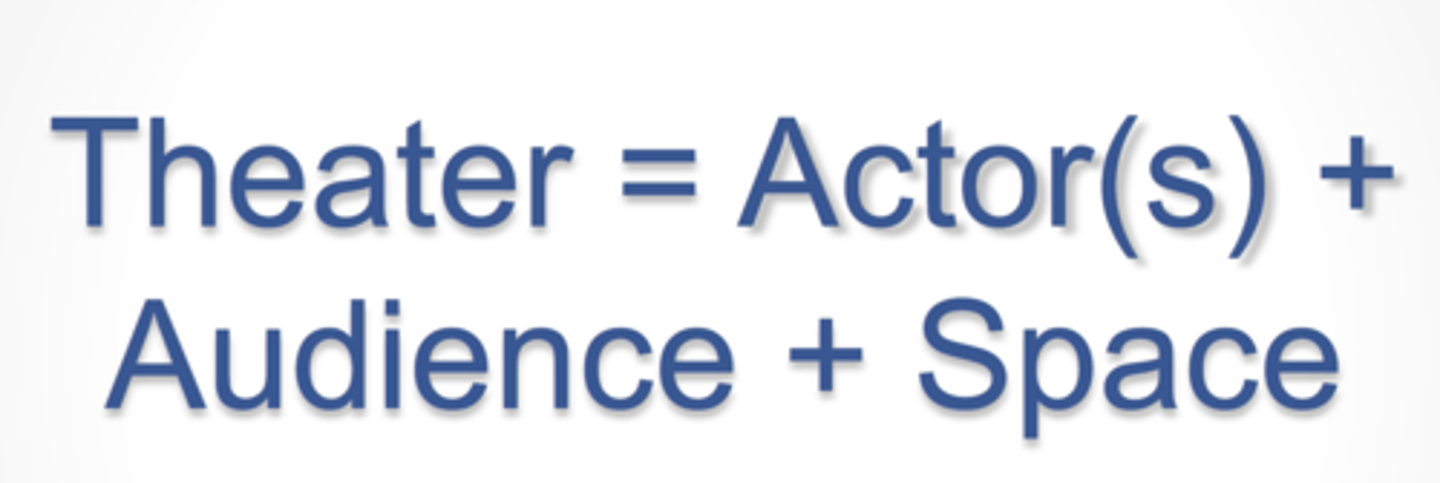
Without ACTORS...
...it would be a group of people in a place, wondering why they are there.
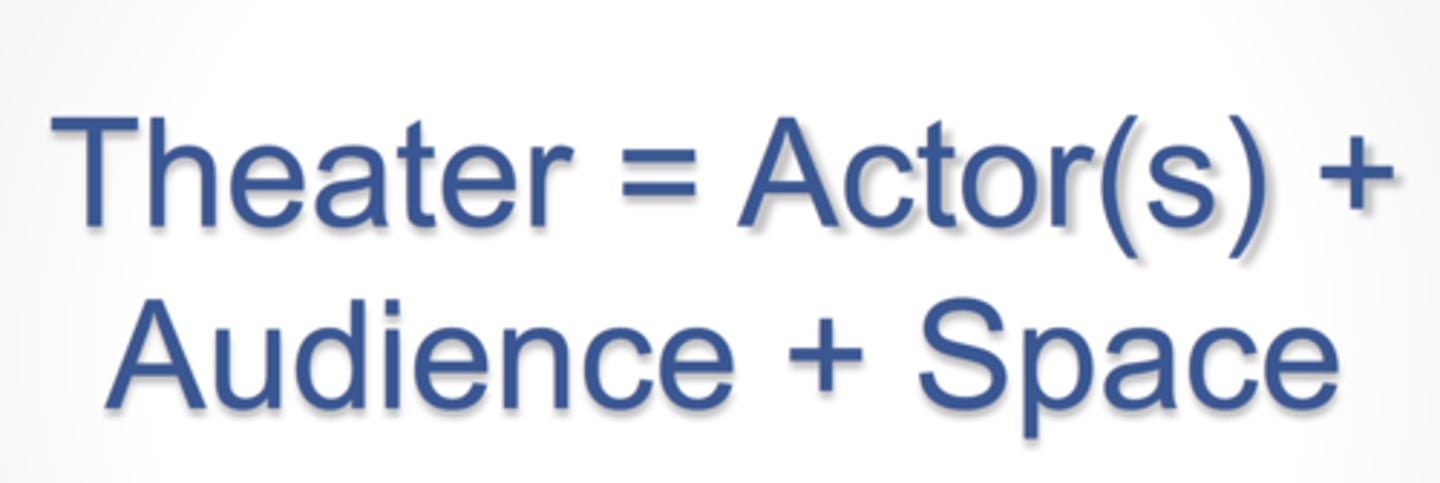
Without an AUDIENCE...
...you would have no one to perform for.
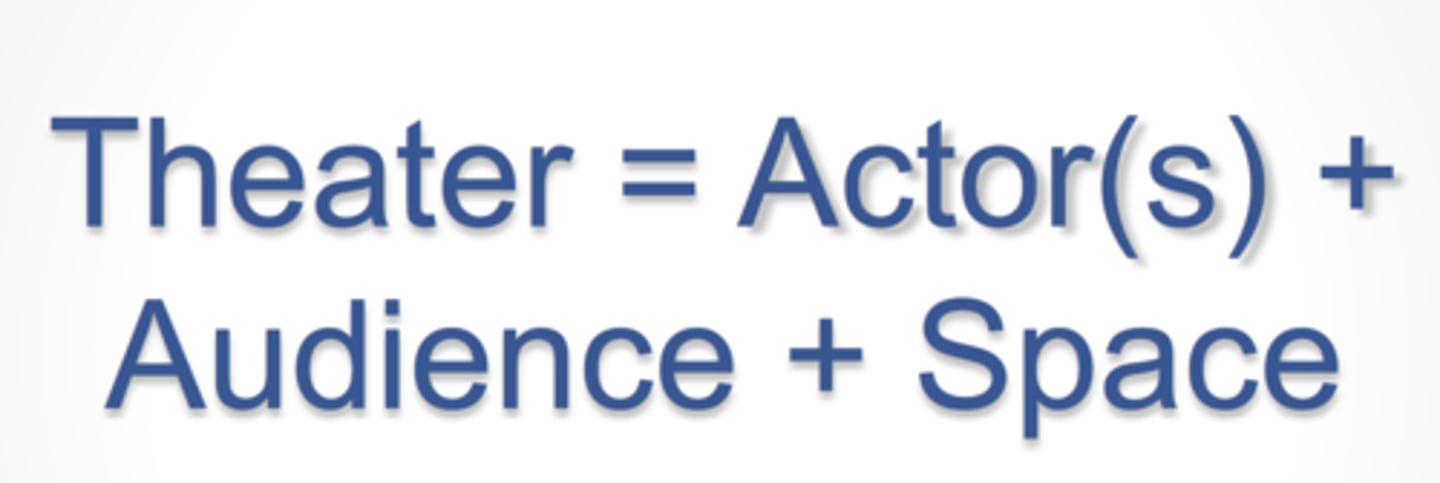
Without a SPACE...
...you wouldn’t have a place to perform or a place for an audience to see your performance.
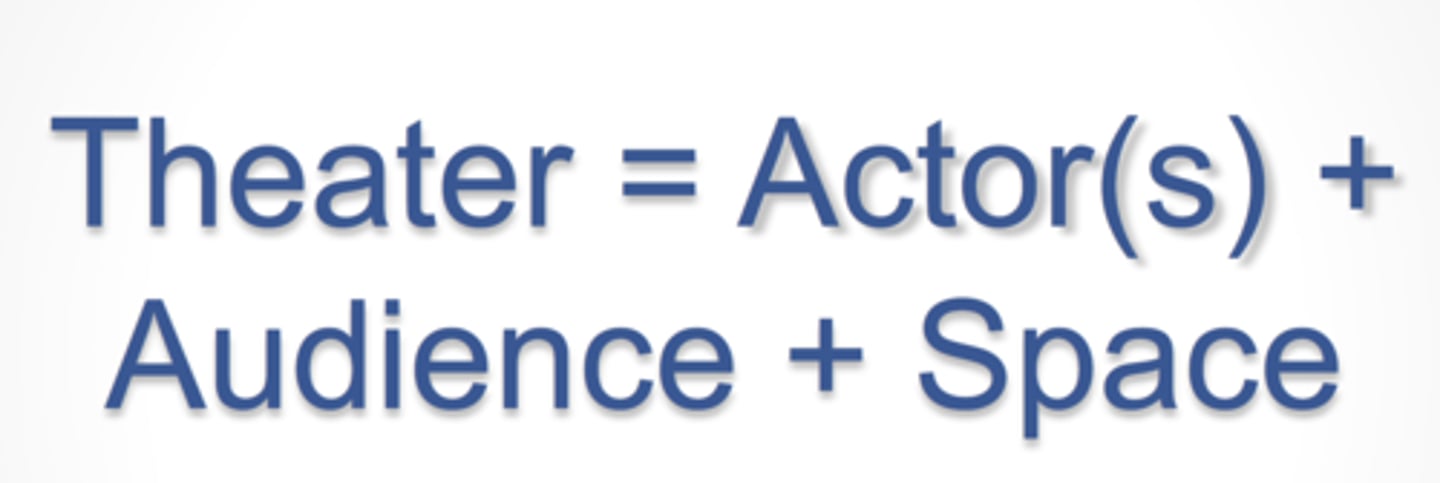
Performance
An activity where some people do something while other people watch.
- This happens in everyday life
- Theater is not just confined to the arts
Performance in Everyday Life
- Job Interview
- Students and Teachers
- Religion
- Sports
- Politics
Religion as Performance
- Religious services and weddings
- Predetermined sequence of events
- Predetermined sequence of words
- Certain types of “costumes” are worn
Sports as Performance
- Predetermined sequence of events
- Audience watches
- Time constraints to be observed
- “Costumes” are worn
Politics as Performance
- Politicians speak from a stage.
- An audience watches and listens.
- Dressing up to create an image of the politician. In essence, a costume.
Shared Traits of Performances
• Something done (a speech, ritual, or play)
• Watchers (spectators, audiences)
• Performance space (stadium, church, theater)
• Time (beginning and ending)
Differences among Performances
• Purpose
• Relationship between Audience and Performers
• Theater is live, now and theater is also fleeting. You will never see the same performance twice.
Purpose (Differences among Performances)
o Religious services so that people can worship
o Sports so that someone can win
o Politics to inform or rally a group of people
Relationship between Audience and Performers (Differences among Performances)
o Sports fans or spectators interact with each other
o They also indirectly interact with players by screaming and cheering
o These could also happen in a campaign rally, but probably not in a play or some church services
Different Types of Art
o Poetry
o Painting
o Sculpture
o Music
o Dance
o Theater
Shared Traits of Art
• Art is artificial—an artist makes art.
• Art stands alone—does not need a practical purpose in life
• Art is self-aware—artists know in a general way they’re trying to do something
• Art produces a kind of response—an aesthetic response, an appreciation of beauty that goes beyond merely intellectual or entertainment
Differences between Arts
- Relationship with Time and Space
- Audience Size
Sculptures, Paintings, Architecture & Relationship with Space
• Exists in space
• You walk around it, look at it from different sides and angles
Music, Theater, Books & Relationship with Time
• Takes time to move from start to finish
Types of Audience Sizes
o Solitary—sculpture, paintings, books
o Groups—operas, dance, theater
Actors
- A person who impersonates someone other than themselves
- They also perform live in front of a live audience.
Performance Spaces & Theater
• Usually has artificial settings
• Unlike film where the camera can take you around the world
• Can’t do car chases!
Theater moves at its own pace through time
• No rewind or fast forward like a movie or TV show
• Can’t set it aside and pick it up later like a book or downloaded movie
Basics of Seeing a Play
- Arrive 15 to 30 minutes BEFORE start of show
- Don't forget your tickets!
- TURN OFF YOUR CELL PHONES!!!
Theater is a Social Event
- Dress accordingly
- There really isn’t a dress code, but I urge you to consider dressing nicely for the occasion!
- If it’s an opening night performance, you might be required to wear an evening gown or a tuxedo
Theater and Cell Phones
TURN OFF YOUR CELL PHONES!!!
- If you check your phone at intermission, TURN IT OFF WHEN YOU GO BACK TO YOUR SEAT!
• You disturb other audience members
• The actors on stage can see your phone
• You might get a call during the show
During the Show
There is an unwritten agreement between actors and audience
- You can respond or react however you feel like
• Laughing at characters who are crying or a nervous laugh
• Clapping when a character you like stands up for themselves
• Curtain Call - Applause, Standing Ovation if warranted
Preliminary Work - Seeing a Play
- Take a little time to familiarize yourself with the play, by either reading it or reading reviews and articles about it.
- Have a general idea of what you are about to see.
- Don’t assume you know what the play’s about from the title.
Program/Playbill - Preliminary Work for Seeing a Play
- Look for “Director’s Notes”
- Look for indications of time and place that the play will take place within
- Get familiar with the character names and sometimes their relationship with each other
- Find out if there’s an intermission
Physical Surroundings - Preliminary Work for Seeing a Play
Notice the physical surroundings within the theater
- The set, if visible, can give a sense of time, place & social class
- Lighting may establish mood
- Sound/Music – Bach says something different than Country music
- Actors doing things on stage or in audience before start of show
Taking it in (Play)
- The visual and aural spectacle (Lightning, Sound/Music, Costumes, Acting)
- Language of the play (Shakespeare? David Mamet? Are the actors speaking in a dialect?
Questions to ask while taking it (a play) in
- Do you identify with any of the characters?
- Does the plot keep you engaged?
- Is the plot plausible or absurd?
- WHAT ARE THE REACTIONS OF THE AUDIENCE?
Performance Analysis of Story and Character
One must ask how they are intertwined
Performance Analysis of Idea – specific choices made by the actors & designers
One must consider
- An actor’s appearance
- A looming set piece or stark set design
Given Circumstances
Everything that delineates or defines the special world of the play
- The who, what, when, & where of a play.
3 Kinds of Given Circumstances
Previous Action, Environmental Facts, and Polar Attitudes
Previous Action (Given Circumstances)
- Any action mentioned in the play’s dialogue that reveals any incident or action that took place BEFORE the current action of the play.
- This is also known as EXPOSITION
Environmental Facts (Given Circumstances)
There are 6 types:
1). Geographical Location
2). Time - Date, year, season, time of day
3). Economical Environment
4). Social Environment
5). Political Environment
6). Religious Environment
Polar Attitudes (Given Circumstances)
Beliefs held by a character that are in direct opposition to the world in which they live
- This opposition creates CONFLICT
- Conflict creates DRAMATIC ACTION
Conventions vs. Common Sense
An agreement between artist and audience to do things a certain way for the good of all
- Time can pass between acts of a play
- In scenic design—when a setting is in a room of a house, a door in that house leads to another part of the house and not backstage.
- Musicals—actors sing their emotions
Types of Theater Spaces
- Proscenium Stage
- Thrust Stage
- Arena Stage
- Blackbox Theater
- Environmental Stage
- Alley Stage
- Booth Stage
Proscenium Stage
• Identified by having a “proscenium arch”
• The action of the play fits within a frame
• Rigging system behind arch and possibly trap flooring
• Wings
• Most have an area that extends a few feet in front of arch
• Audience areas: Orchestra seats, Balconies
• Sightlines can sometimes be bad
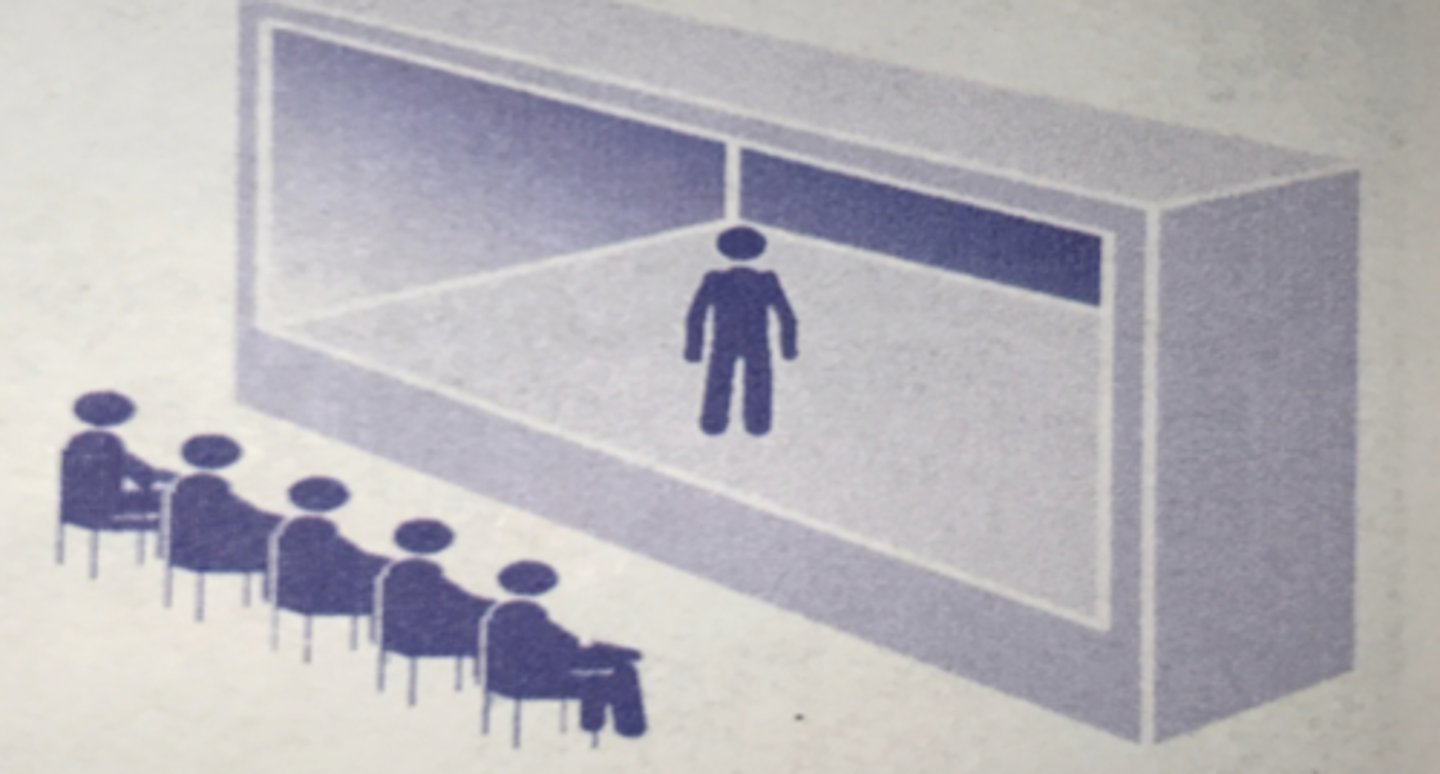
Example of Proscenium Stage
Del E. Webb Performing Arts Center - Wickenburg, AZ
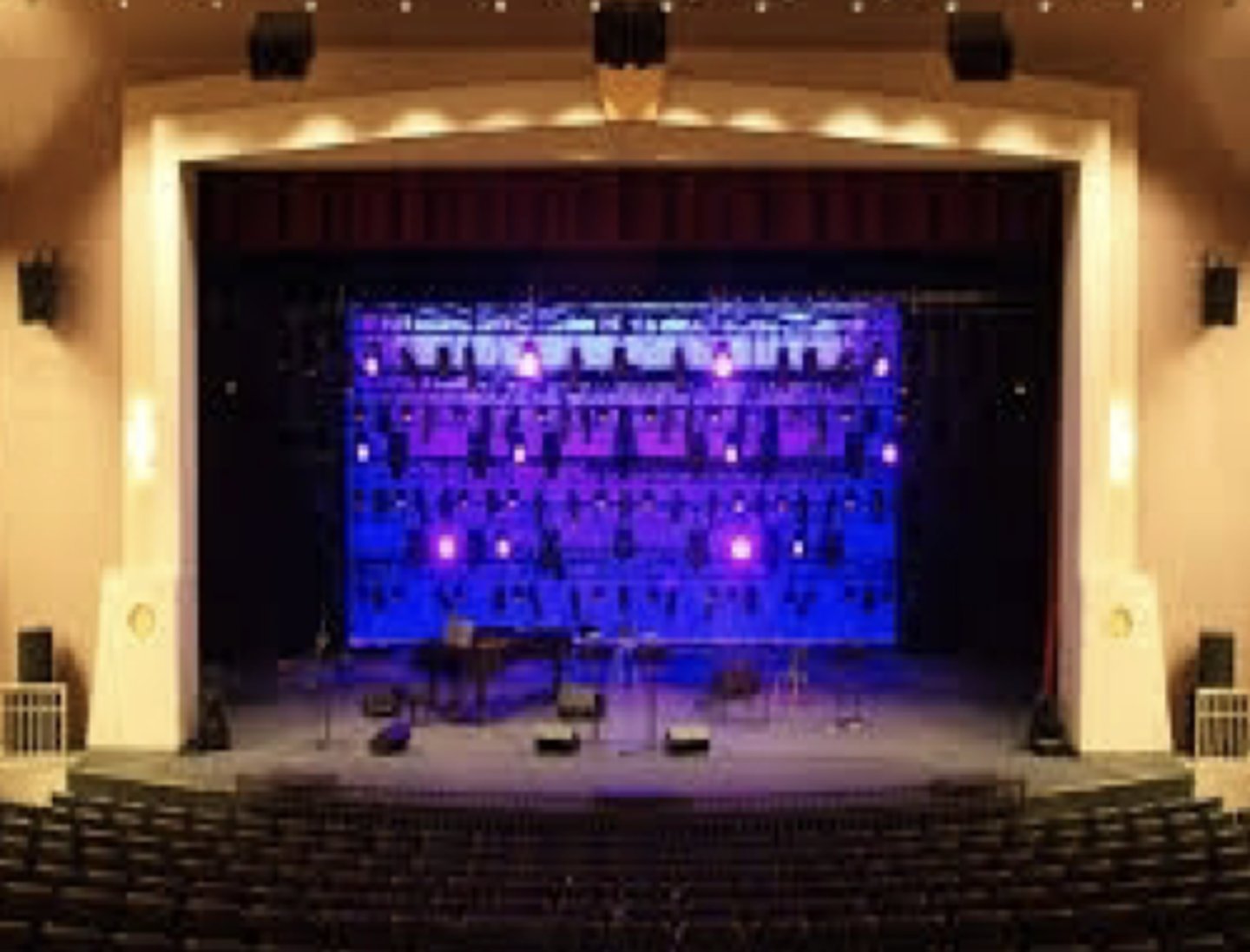
Thrust Stage
• Audience on 3 sides of stage
• No arch
• Actors can enter from the aisles
• Actors can enter from the vomitories (or voms) that come from beneath the audience
• Relies on acting, costumes, props rather than elaborate sets
• Proscenium Thrust Stage: Defined arch but with a larger amount of stage space extending into the audience
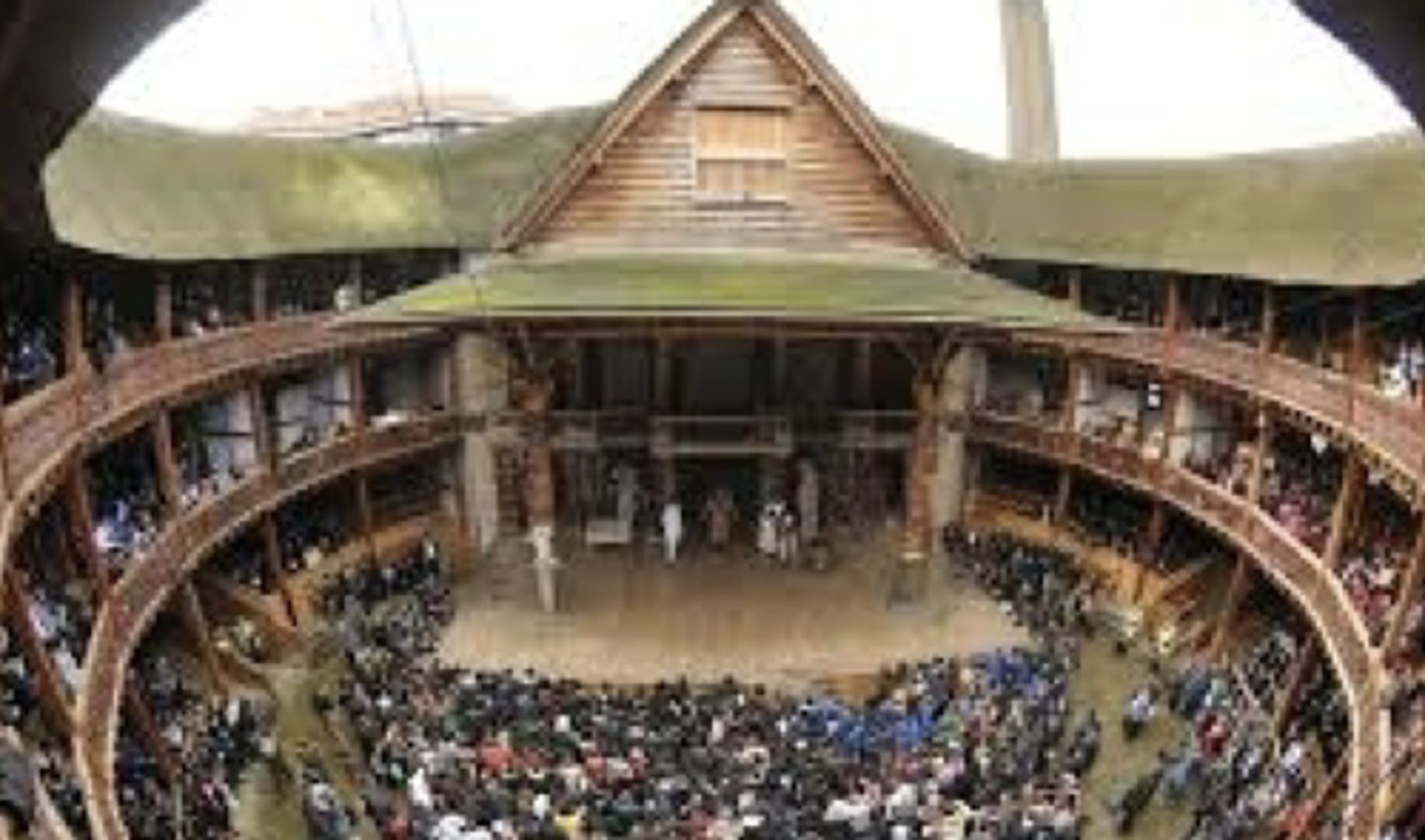
Arena Stage
• Stage is surrounded on all sides by the audience
• Also called “Theater in the Round”
• Actors bring on props and set pieces
• Entrances are through audience
• Scene changes are done either in blackout or in full view of the audience
• Can sometimes have trap flooring
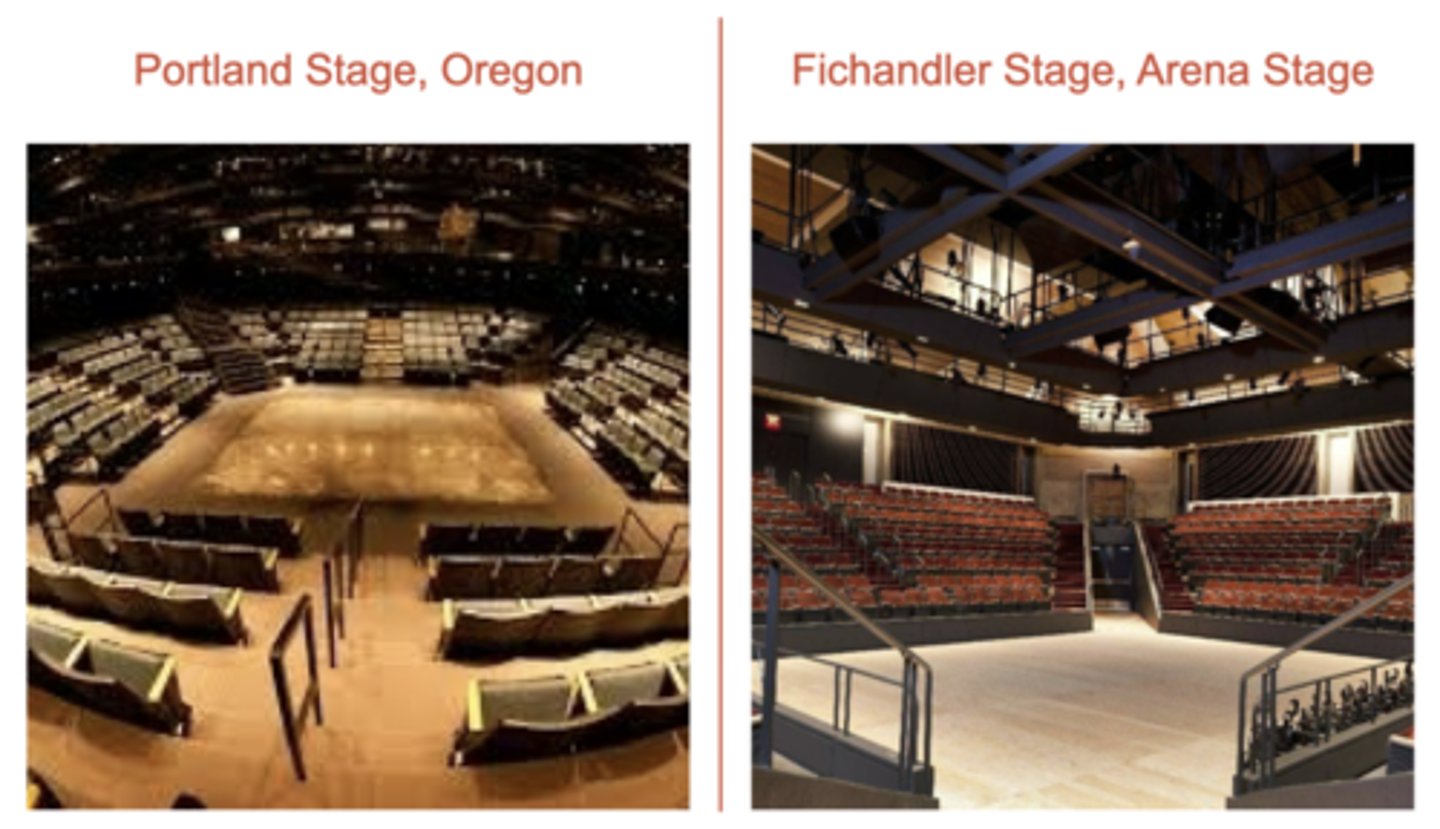
Blackbox Theater
- VERSATILE: Can place any type of stage within it
- The audience can be placed anywhere
- Painted all black so that focus is on the performance
- Often used in schools for classrooms as well as performance spaces
- Most theater studios and college theater departments have one or more.
- Rutgers’ Levin Theater is a blackbox theater.

Example of Thrust Stage Blackbox Theater

Example of Arena Stage Blackbox Theater
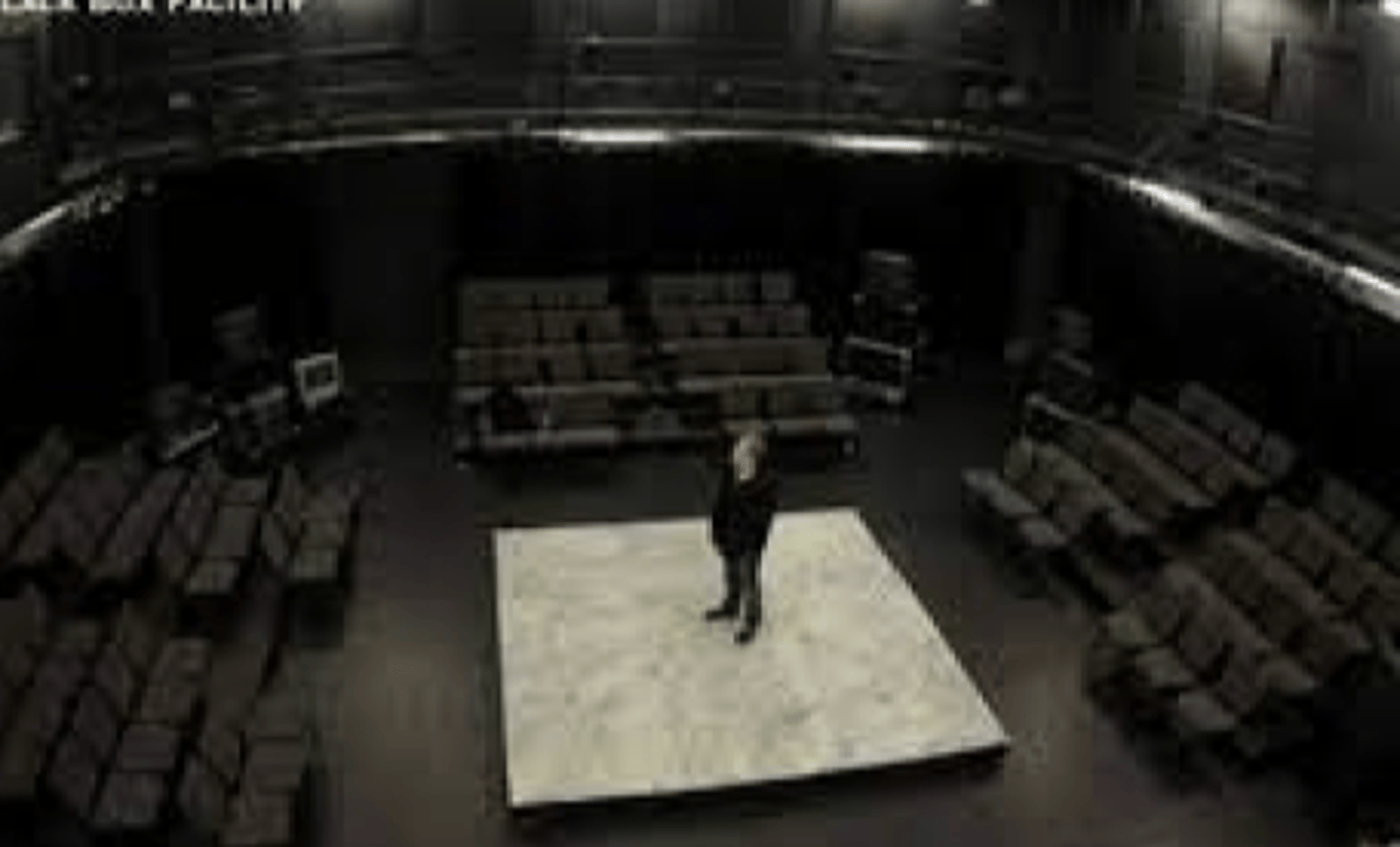
Example of Proscenium Stage Blackbox Theater

Example of Angled Thrust Stage Blackbox Theater
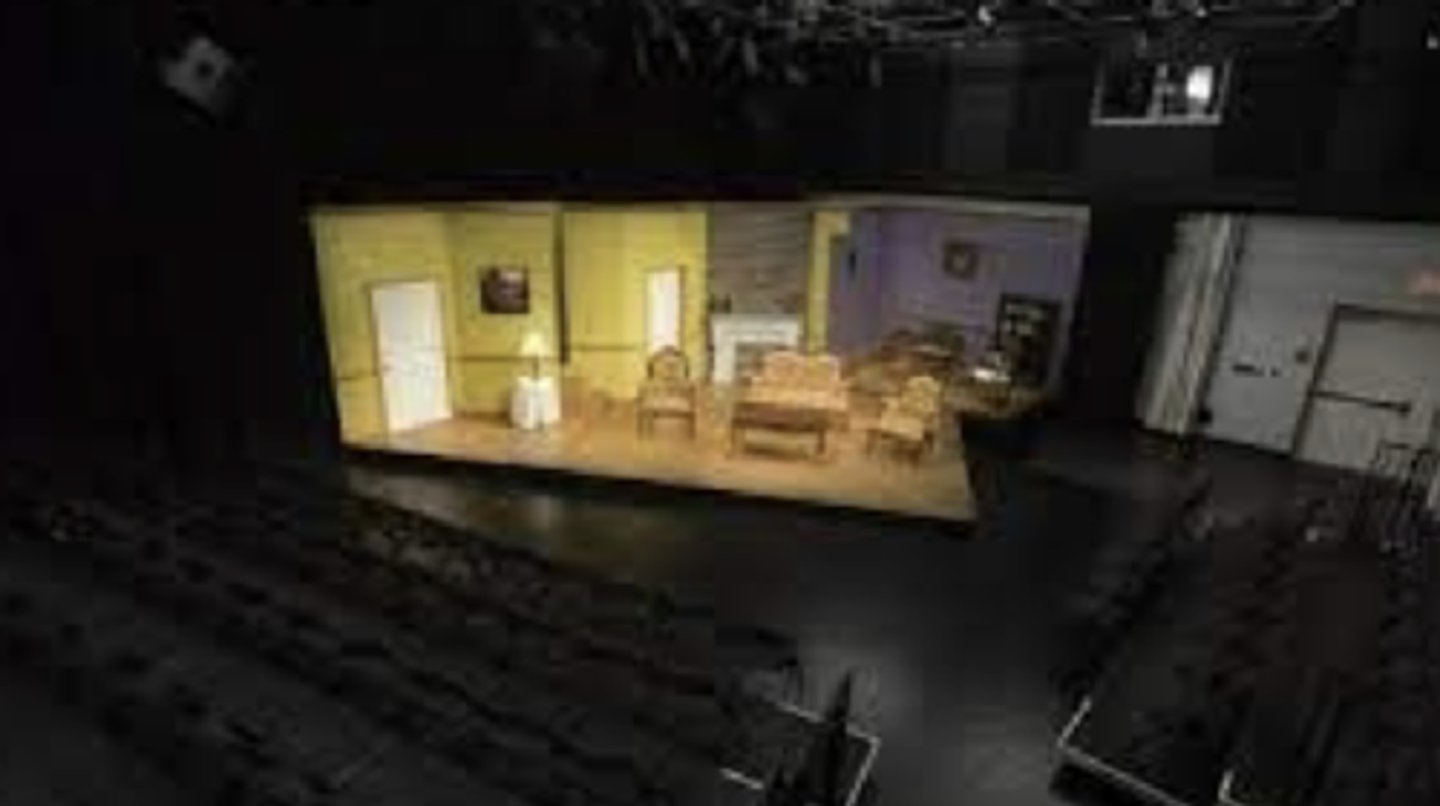
Environmental Stage
• Theater done in or at specific (usually outdoor) spaces
• No traditional stage
• No arch
• The audience can be anywhere and can sometimes physically move with the actors from scene to scene
- New York Classical Theater
• A production can take over an entire building
- Sleep No More
• A play can take place in a car
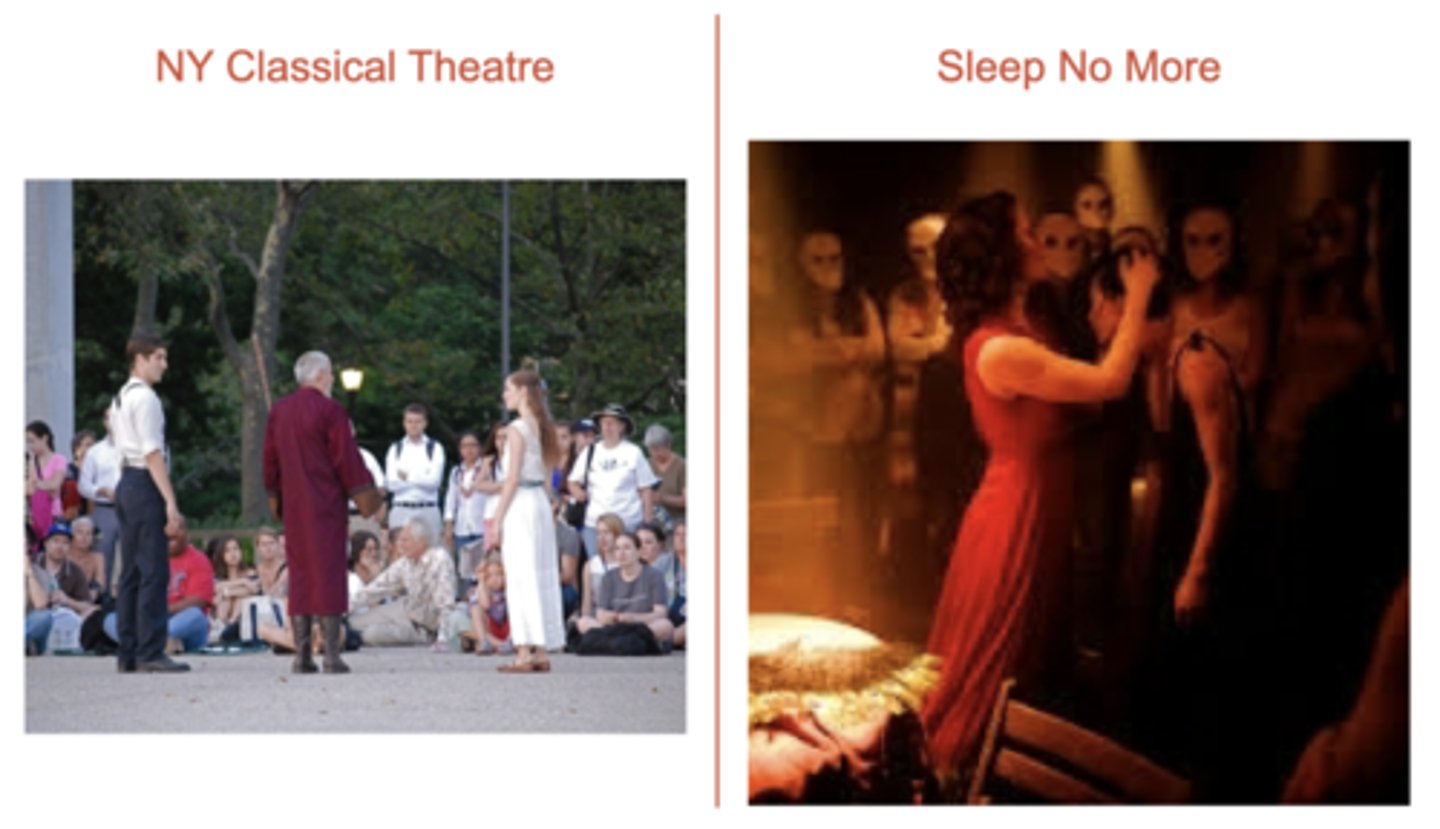
Alley Stage
• Audience on opposite sides of the stage
• Actors perform between them
- Rutgers Levin Theater is an example
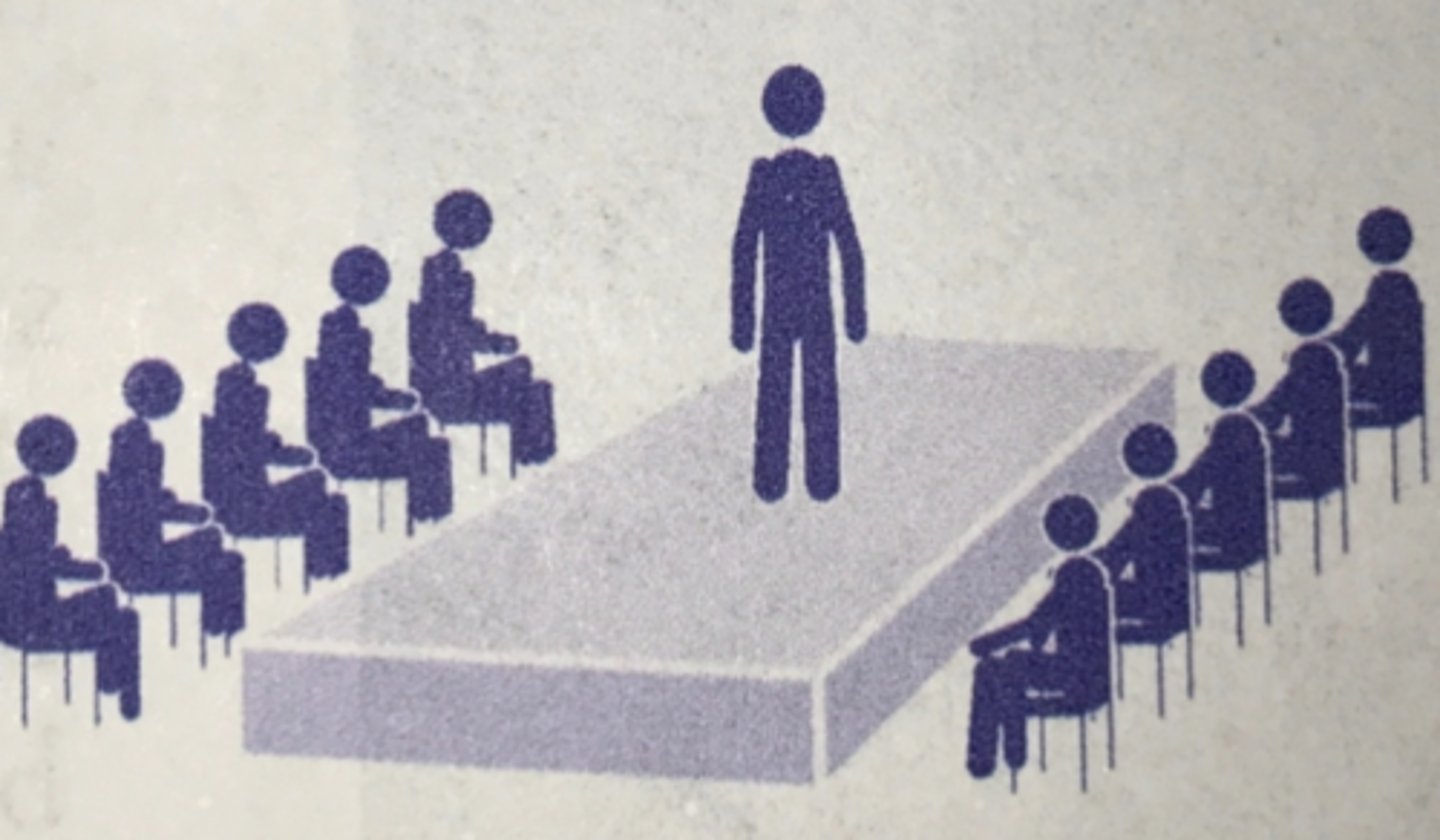
Booth Stage
• Temporary stage
• Erected curtain
• Perform in front of curtain
• Popular with educational tours
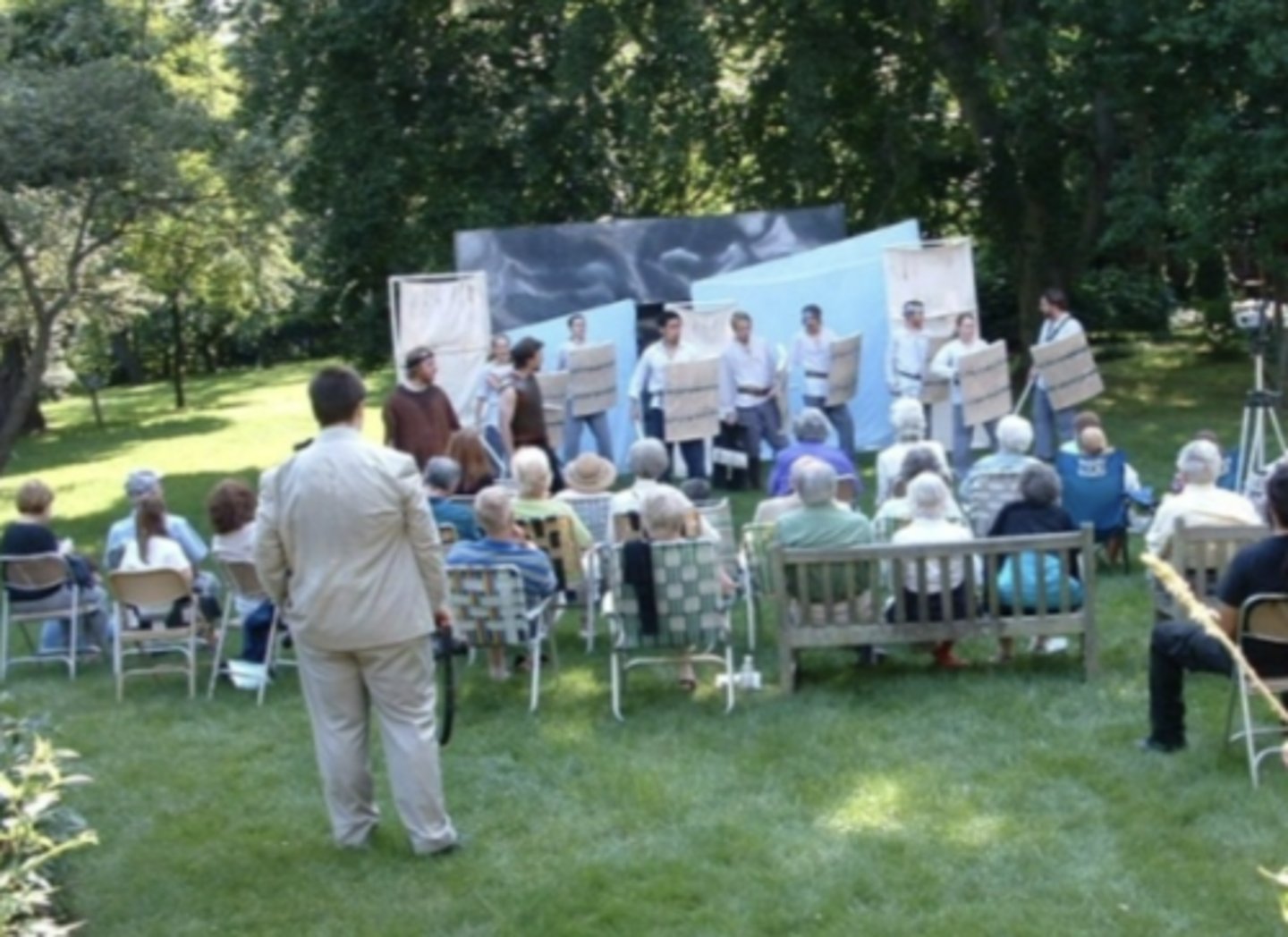
Broadway
• Highest level of American Theater
• Falls under a Production Contract negotiated by The Broadway League
• Defined by how many seats it has – 500+
• There are about 40 Broadway theaters
• Only theaters eligible for Tony Awards (except for the Regional Theater award)
• Is professional theater at its best
- Distinguished stars
- Elaborate sets and costumes
- Sophisticated musicals and plays
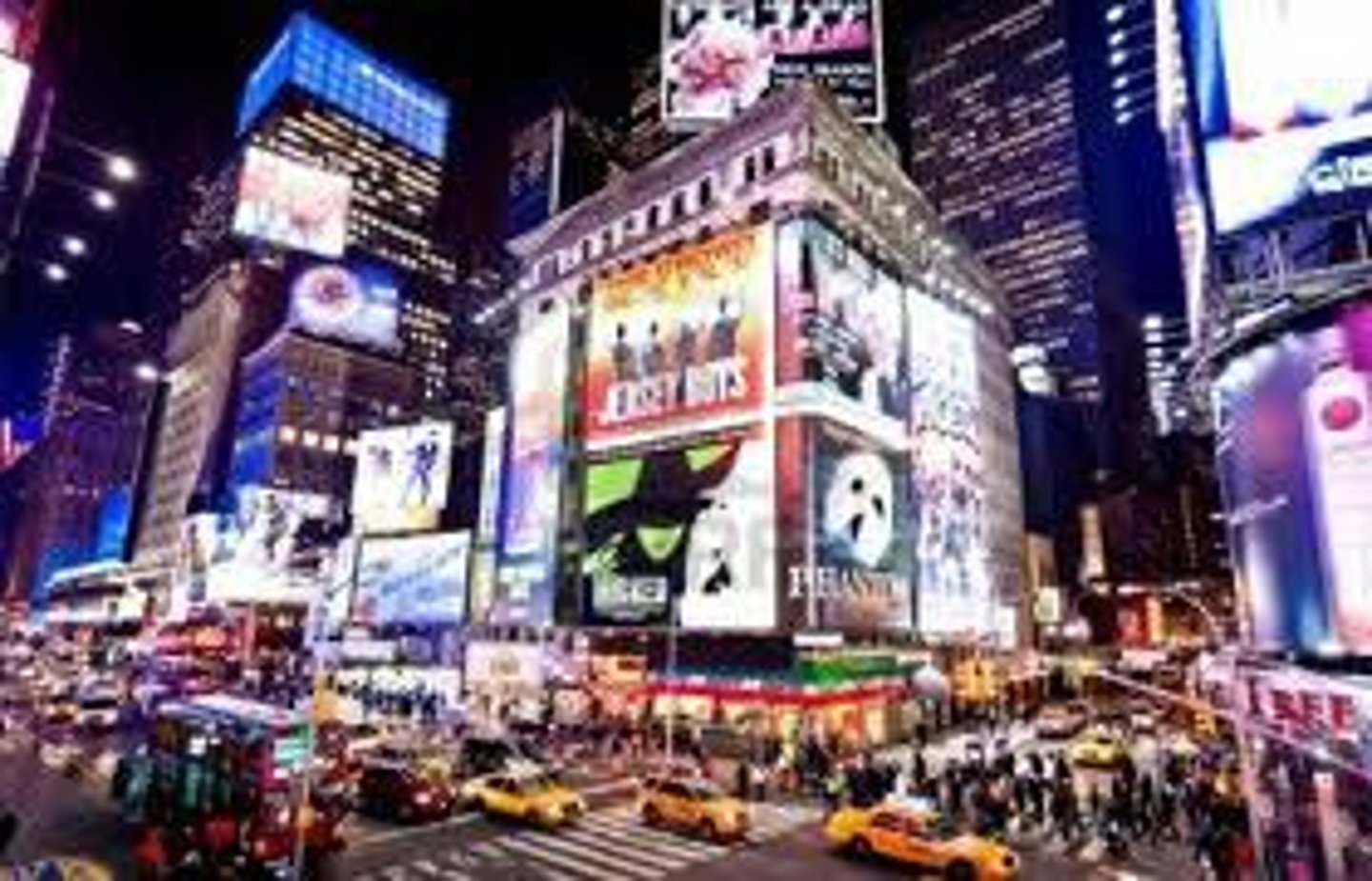
Exclusivity of Broadway
Expensive!
• Cost a lot to produce – salaries and material costs
• Ticket prices
- Average: $189
- MUSIC MAN tickets averaged around $283, about $700 for premium.
- HAMILTON, at its peak, averaged $236. However, they were often selling at around $1,000
Only found in NYC!
TKTS
Half-priced tickets for Broadway shows on the day of the performance
- Producers use this to fill seats for performances that are not sold out
Broadway Tours
• Seldom use original stars
• Helps recoup losses from Broadway flops
• Brings Broadway to people that might not ever see it
Off Broadway
• Originally named so because of the actual theater’s location, on a street just off of Broadway
• Now defined by number of seats – 100 to 499
• Some shows “transfer” to Broadway
- Rent – New York Theater Workshop 1993 & 1996
- Avenue Q – Vineyard Theatre 2003
- Hamilton – The Public Theater 2015
• Serves as a showcase for new talent
• Average ticket price: $80
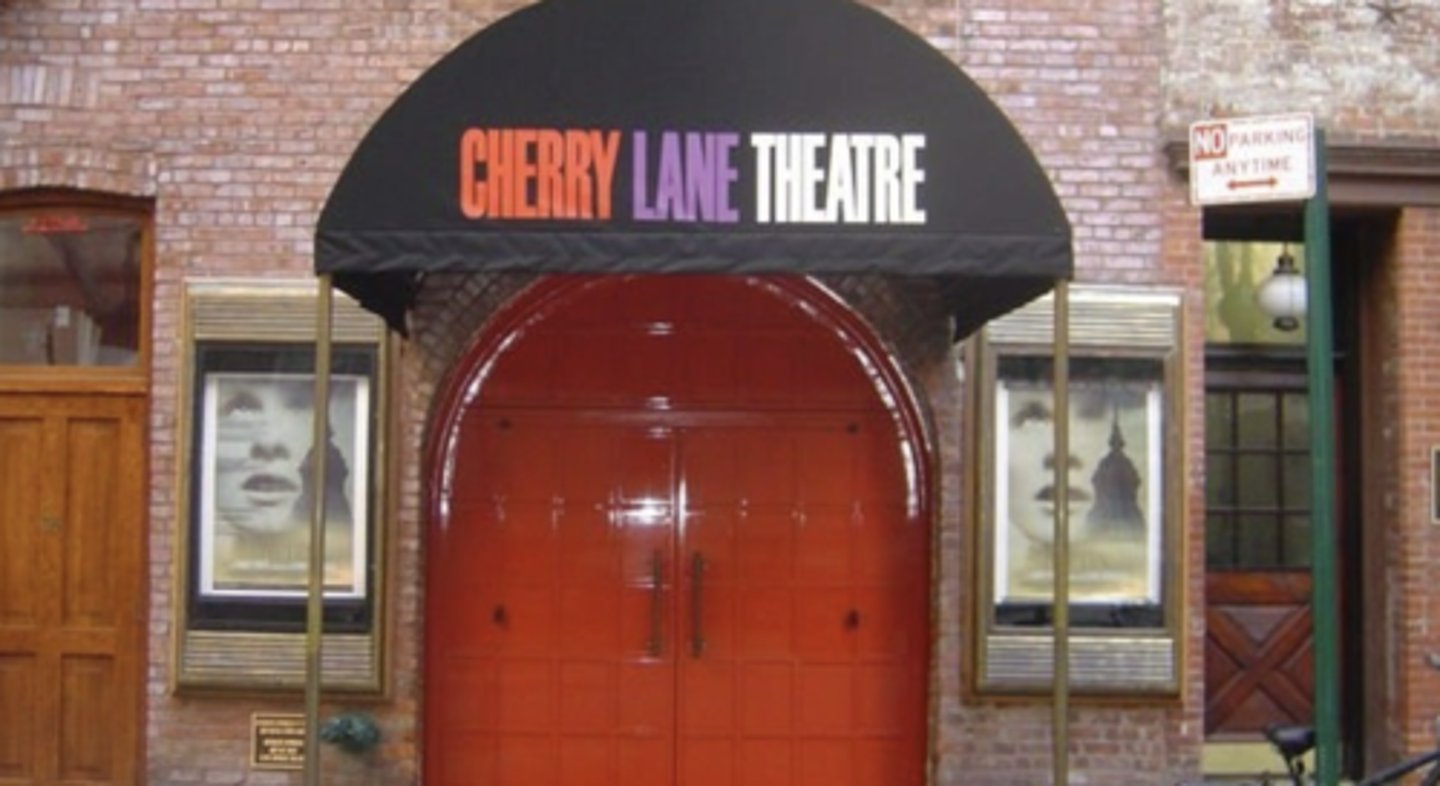
Off-Off Broadway
• Started in late 1950’s as a place for experimental, anti- commercial theater
• Defined by 99 seats or less
• Performed in various spaces: Coffee houses, Cellars, Churches, etc.
• Often socially, politically, or artistically alien to current American ideals
• NATASHA, PIERRE AND THE GREAT COMET OF 1812 started at the Off-Off Broadway theater Ars Nova
• Average ticket price: around $30
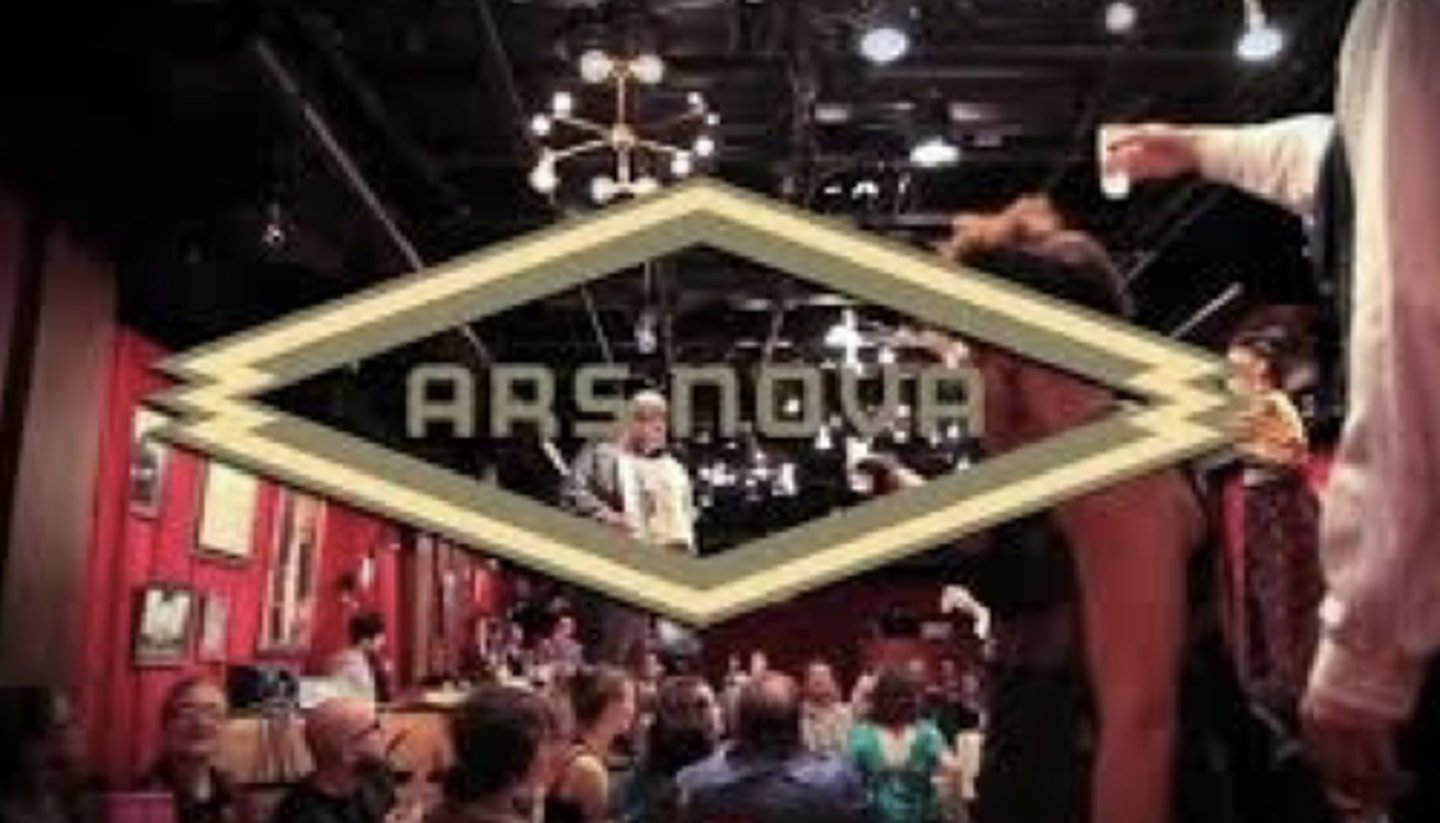
Regional Theaters
• Usually not-for-profit
• Can be more adventurous with: Play selection, Production style, and Personnel decisions
5 major benefits that regional theaters offer
1) Provide a place where new and classic plays can coexist
2) Developing new audiences for live theater
3) Training ground for theater artists
4) Help to stretch an actor’s craft
5) Provide more jobs
LORT – League of Resident Theatres
• A consortium of 70+ non-profit regional theaters
• 5 categories: A+, A, B, C, D based on weekly box office gross which dictate salaries and ratio of Equity and Non-Equity actors
• Type of Regional Theater Contract
SPT – Small Professional Theatre
• Commercial or non-profit theaters smaller than 350 seats outside of NY or Chicago
• Type of Regional Theater Contract
LOA – Letter of Agreement
• Individually negotiated
• Often reference other contracts such as LORT D
• Type of Regional Theater Contract
Types of Amateur Theater
- Educational Theater
- Community Theater
- Children's Theater
Educational Theater
• Rutgers Mason Gross is an example
• First theater degree in 1914 at Carnegie Institute of Technology
• After WWII, more colleges created theater undergrad and graduate degrees
- Undergrad programs tend to be Liberal Arts programs or conservatory programs
- Graduate programs tend to parallel regional theaters in function
• More than 2,000 programs in the U.S.
• Whole range of plays offered
• Sometimes have Guest Artist contracts
Community Theater
• Found throughout the country
• In towns where there’s no professional or educational theater, they introduce new audiences to live theater
• Very little pay, if at all
• Rely on volunteers
• A mix of amateur and professional actors and designers
Children's Theater
• Created to produce plays geared toward young audiences to instill a love of theater
• Can vary in content
- Creative retellings of fairy tales, myths, and legends
- Plays that discuss social issues like: Drugs, Divorce, Sexual Abuse (Bubbylonian Encounter)
Playwright (A Play from Start to Finish)
Writes the play
Producer (A Play from Start to Finish)
Willing to produce the play
Designer (A Play from Start to Finish)
Chosen by Director, approved by Producer
Actors (A Play from Start to Finish)
Auditions are held and play is cast by Director
Director (A Play from Start to Finish)
Hired by Producer to direct the play
Designers (A Play from Start to Finish)
Begin building sets and costumes
A Play from Start to Finish
• Rehearsals begin
• Tech rehearsals begin
• Preview performances begin
• Opening night
• Closing night and strike
Why not “Playwrite”? (Playwright)
- “Wright” means “Maker”
- Wheelwrights make wheels
- Cartwrights make carts
- Playwrights make plays
Playwriting
Unlike a novelist, playwrights must write words that are:
- More active
- More intense
- More selective ...than everyday speech or a novelist’s words
Lynn Nottage
American Playwright
- 2009 Pulitzer Prize winner for her play RUINED
- Her play SWEAT won the 2017 Pulitzer Prize for Drama.
- Awarded the 2017 American Academy of Arts & Letters Award of Merit Medal for her body of work.
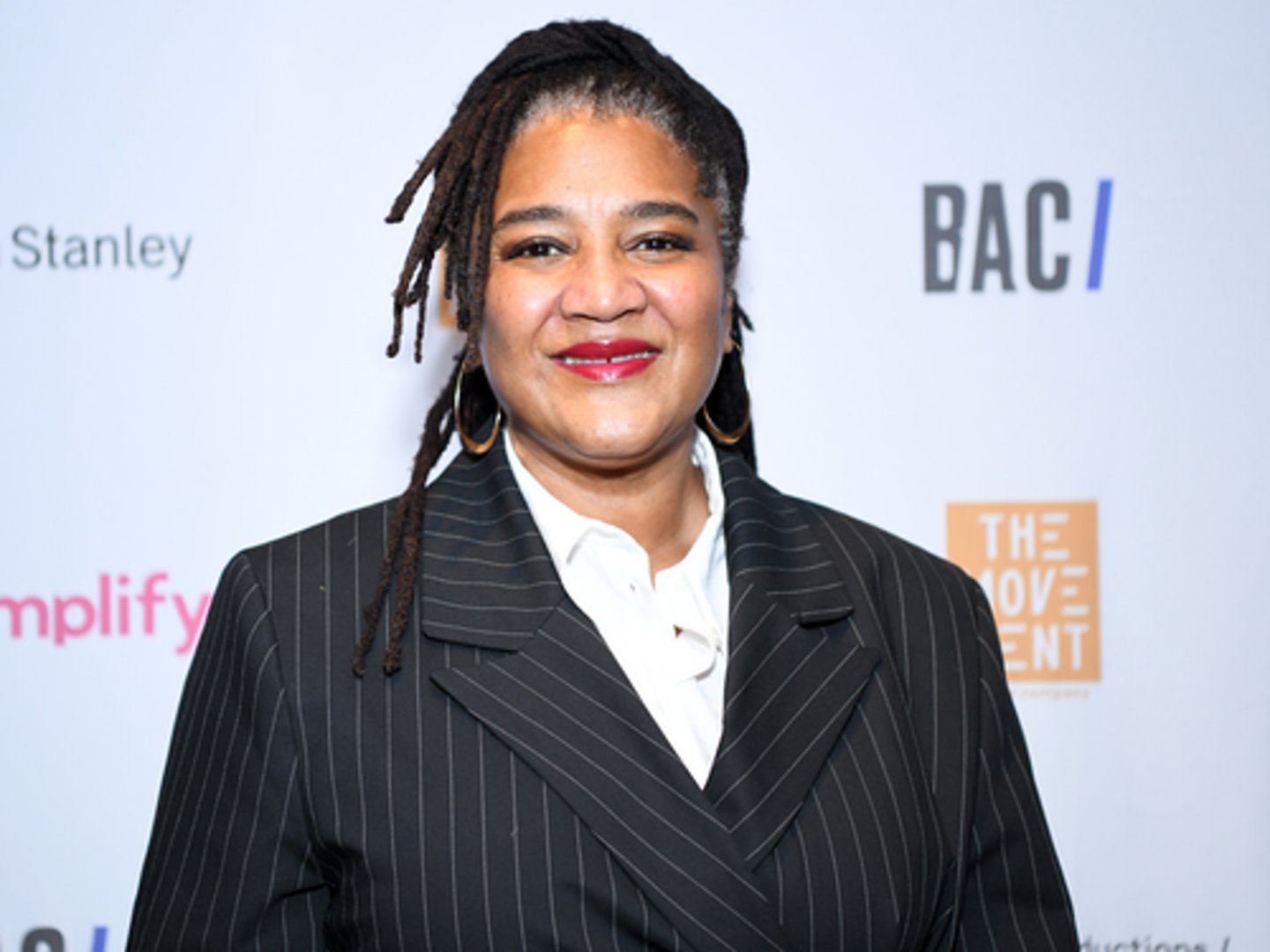
Lynn Nottage Quote
“A play exists as a literary form until the first moment you sit down in a rehearsal room and allow a group of actors to read it. Then it becomes a dramatic form. During the rehearsal process, you make discoveries because there are things that work beautifully on a page as literature but have no dramatic life.”
Where do playwrights get their ideas?
Their ideas can come from anywhere: Overheard conversation, Current events. News headlines. Injustice
How long does it take to write a play?
- 7 days to 7 years, it depends on the playwright
- There’s even 24 hour play festivals that happen around the country. Usually in major cities, but not always.
How do Playwrights Work?
Some work alone and some collaborate with theatrical colleagues.
Playwrights in Musicals
Playwrights that write the dialogue for musicals are called Book-writers.
- Lyricists write the words for the music
- Librettists write both the dialogue and the words for the music
Playwright Teamwork
Playwrights can work as a team
Examples of Playwright Teamwork
George S. Kaufman and Moss Hart
- YOU CAN’T TAKE IT WITH YOU
- THE MAN WHO CAME TO DINNER
- Librettist W.S. Gilbert and Composer Arthur Sullivan
- HMS PINAFORE
- THE PIRATES OF PENZANCE
- Composer Richard Rodgers and Dramatist Oscar Hammerstein II
- OKLAHOMA!
- SOUTH PACIFIC
Example of Playwright working alone
Lin-Manuel Miranda wrote the “book”,lyrics and music for HAMILTON
Where do playwrights come from?
Most work within the “theatrical world”
- Perhaps they are actors now or were previously
- Perhaps they write for his/her own theater troupe: Molière wrote for himself and his troupe and Shakespeare wrote for his fellow actors based on their strengths
Newcomers (Where do playwrights come from?)
They have the gift of ignorance and might not follow the traditional form, style, length, or subject matter
- They come from outside the theater world
Example of Newcomer Playwright
Margaret Edson
- 6th grade teacher in Atlanta
- Wrote the 1999 Pulitzer Prize winning play WIT
- Never wrote another play again
Insider (Where do playwrights come from?)
Social insiders write about specific topics
- They come from outside the theater world
Examples of Insider Playwrights
- African-American playwrights that write about social issues that pertain to the Black community
- LGBTQ playwrights that write about issues within their community
- Feminist playwrights that write about women’s rights
Degrees of Success in Playwriting
- There are often ups and downs
- Varying degrees of success
Edward Albee
- At 26, wrote WHO’S AFRAID OF VIRGINIA WOOLF?, an instant success.
- Continued to have success with periods of neglect.
- Was still writing in his late 80’s when he died in 2016.
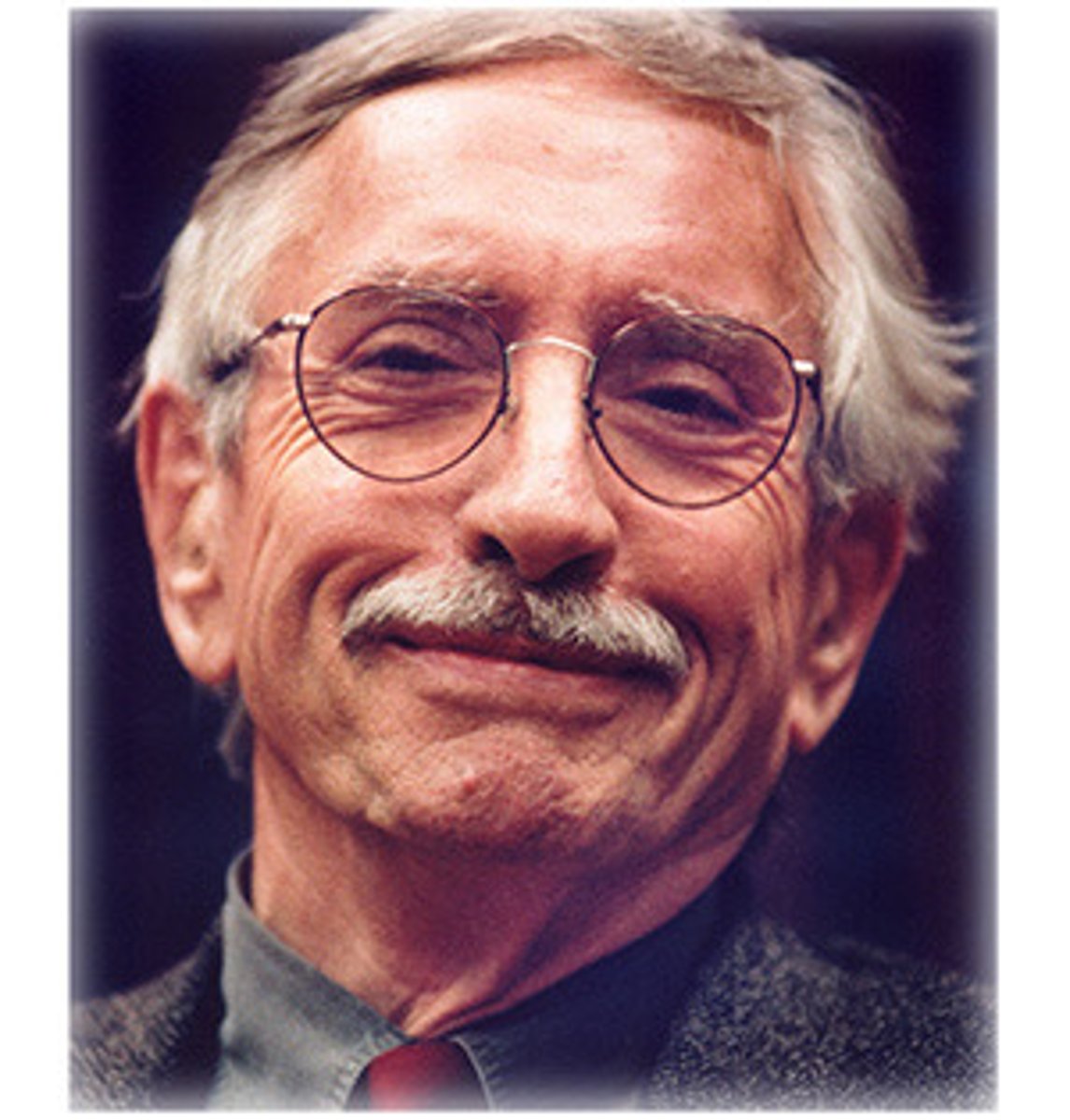
Charles Gordone
- An actor, director, and teacher - Wrote NO PLACE TO BE SOMEBODY
- First Pulitzer Prize ever awarded an African American playwright
- Critic Philip Kerr: “He is the most astonishing playwright to come along since Edward Albee”
- Never again had a new play produced
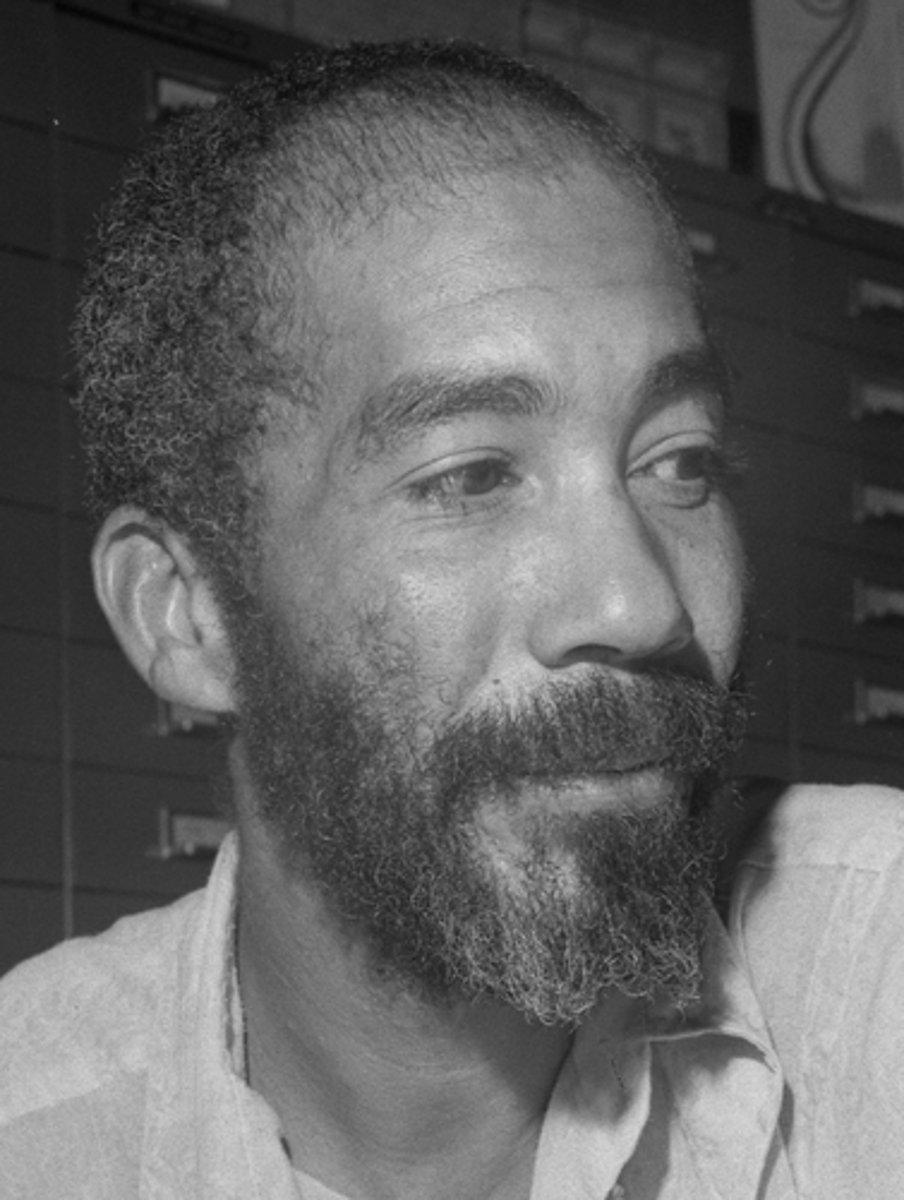
August Wilson
- Wrote The Pittsburgh Cycle, a series of ten plays, each set in a different decade, and depicts various aspects of the African-American experience in the 20th century.
- Recent Broadway production of Jitney won the Tony Award for Best Play Revival.
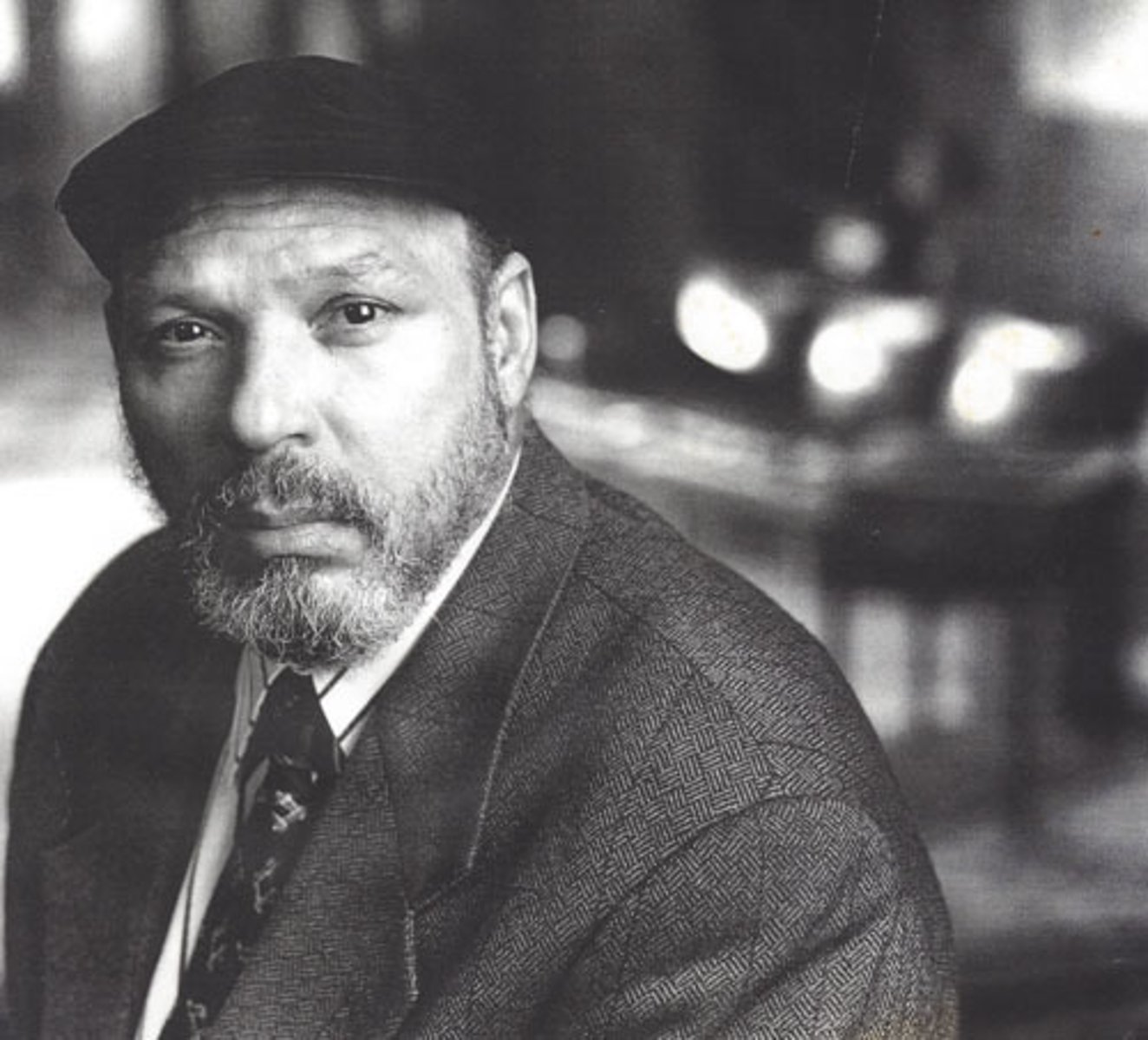
Playwright Training
- Unlike actors, directors, and designers, playwrights don’t always go through formal training.
- There are university programs that do offer training.
- No real rules for playwrights, but there are maxims to follow